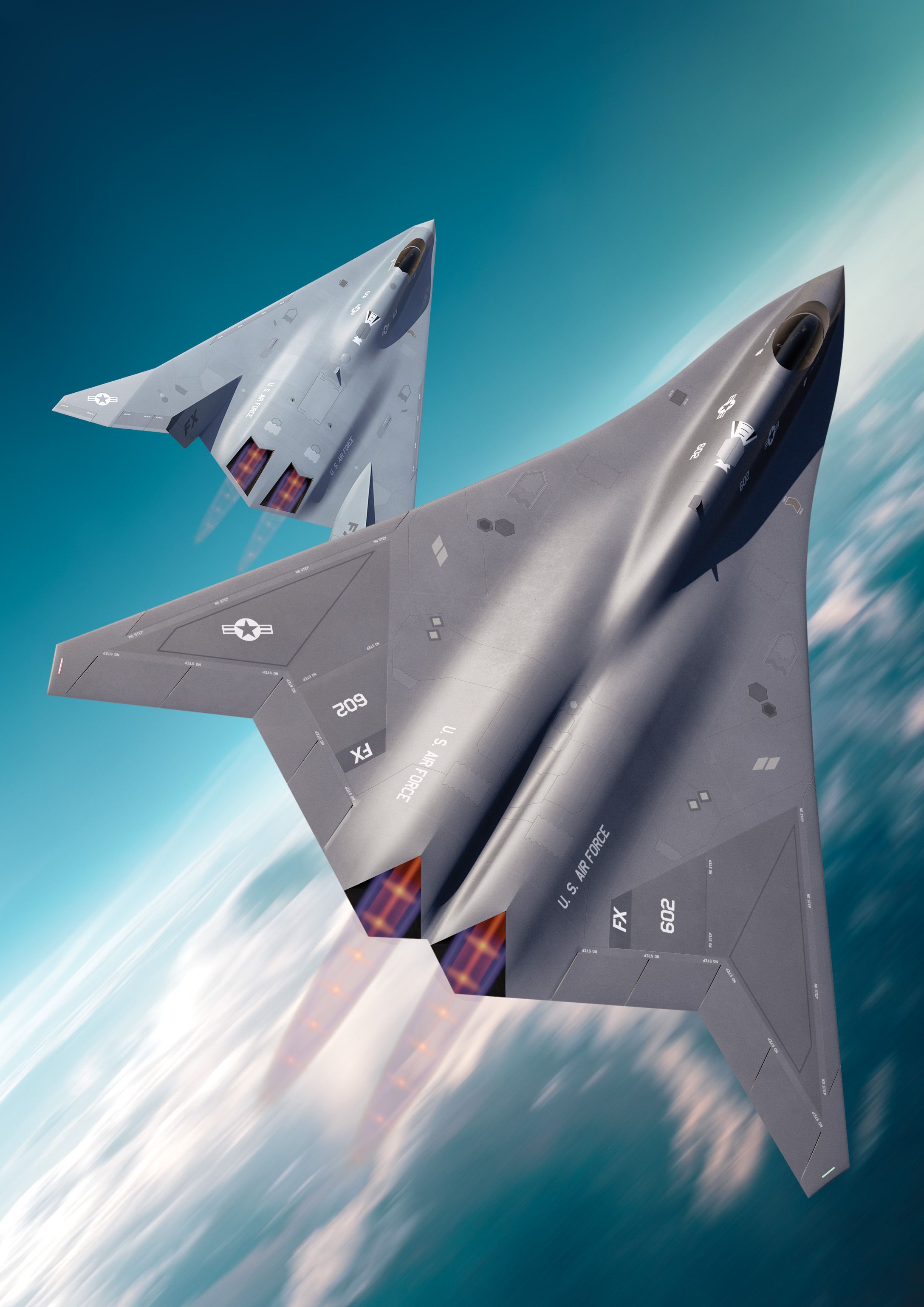SOURCE: AFI


The Next Generation Air Dominance (NGAD) fighter, the US Air Force’s ambitious 6th generation fighter jet program, has stirred discussions due to its potential costs. US Air Force recently estimated the cost of each NGAD fighter to be around $300 million per unit. However, this figure has sparked concerns about the affordability and long-term viability of the program, especially since the NGAD’s intended fleet is expected to consist of approximately 200 fighters.
While addressing these concerns, US Air Force Secretary Frank Kendall highlighted that no definitive price threshold has been set for the NGAD fighters. He offered a more measured perspective, stating, “I’ll just give you this off the top of my head: The F-35 kind of represents, to me, the upper bounds of what we’d like to pay.” The F-35, considered one of the most advanced 5th generation fighters, currently averages around $82.5 million per unit in the latest production lots, making it a valuable comparison.
This brings into question whether the NGAD could realistically be designed to cost less than the F-35. Given the technological advancements that NGAD is expected to feature, such as the introduction of Variable Cycle Engines (VCE), which mark a significant leap forward in engine technology, a price tag comparable to the F-35 seems unlikely. VCE technology is expected to deliver unmatched performance in terms of fuel efficiency and adaptability across different mission profiles, far surpassing current jet engine capabilities. This alone will likely push costs higher than previous generations of fighter aircraft.
Even though Kendall’s suggestion of an NGAD fighter with a cost comparable to or lower than the F-35 seems ideal for budgetary reasons, the incorporation of cutting-edge technologies and the need for air superiority in the 21st century suggest that the NGAD will likely maintain a higher price point. However, the possibility of a redesign focused on cost-efficiency has not been ruled out. The Air Force may be exploring strategies to strike a balance between technological superiority and cost management.
The high price tag for NGAD could also reflect the broader shift in how future air combat will be conducted. The fighter is expected to be part of a larger network, working alongside unmanned systems, AI-driven decision-making tools, and advanced communication networks. As such, the cost per unit may reflect not just the physical aircraft but also the integration into a broader, more complex system of warfare.
While a sub-$100 million price range remains speculative, Kendall’s remarks suggest a clear intention to control costs, ensuring the program does not become unsustainable. Whether this means scaling back certain features or leveraging new cost-saving technologies remains to be seen. The evolution of the NGAD will likely set the tone for future fighter jet development, where both affordability and advanced capabilities are crucial for maintaining air superiority.